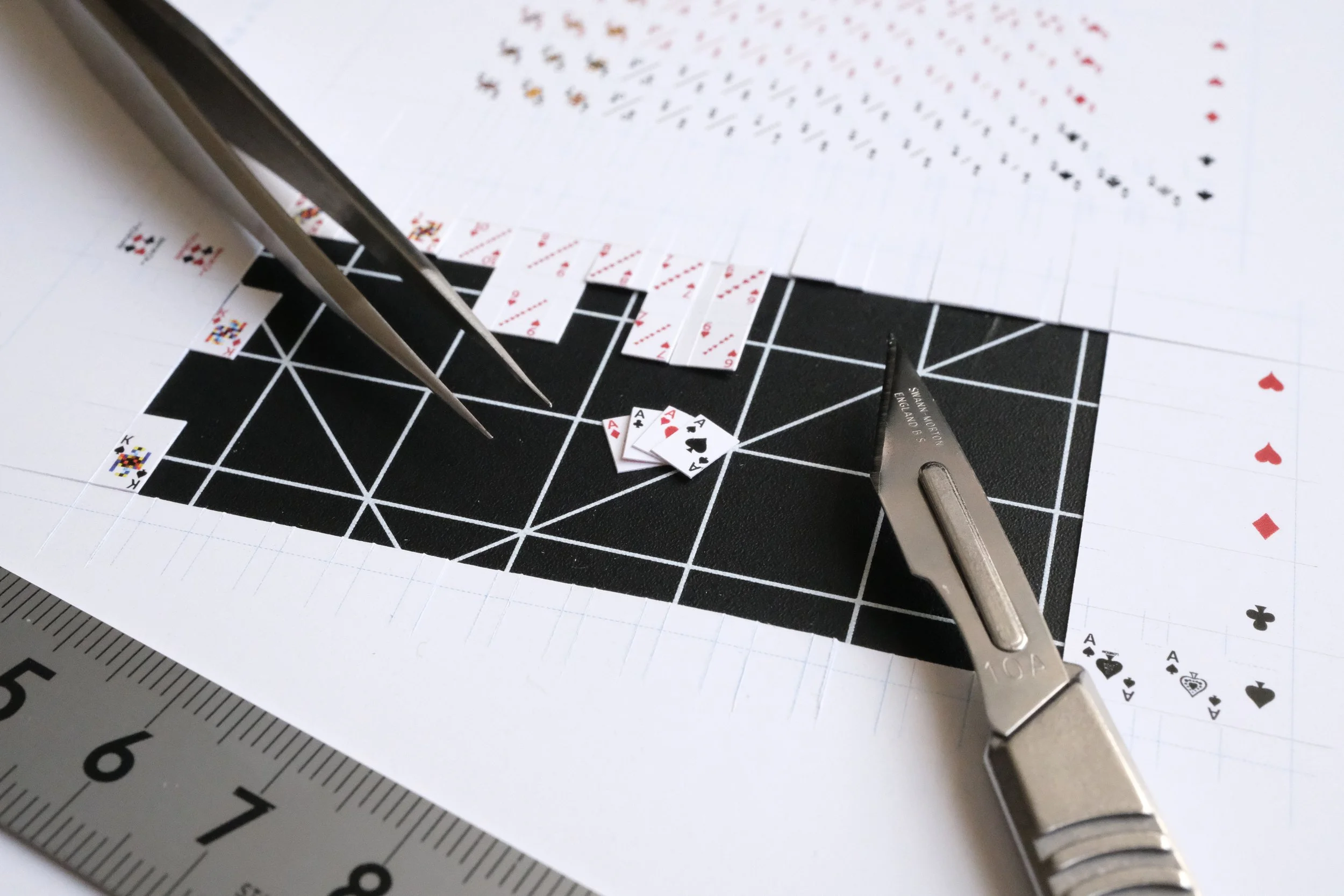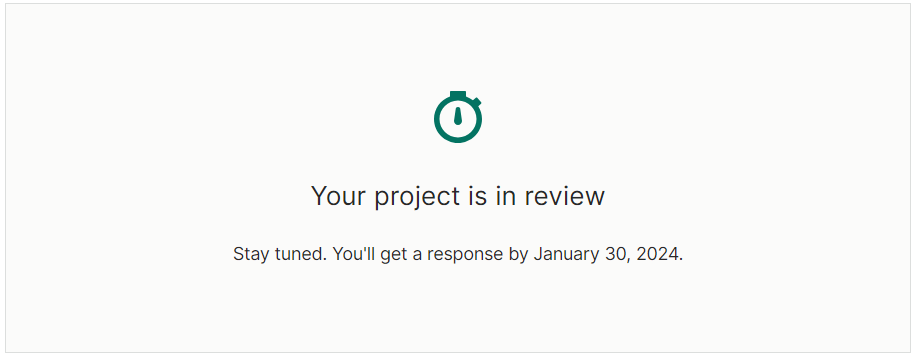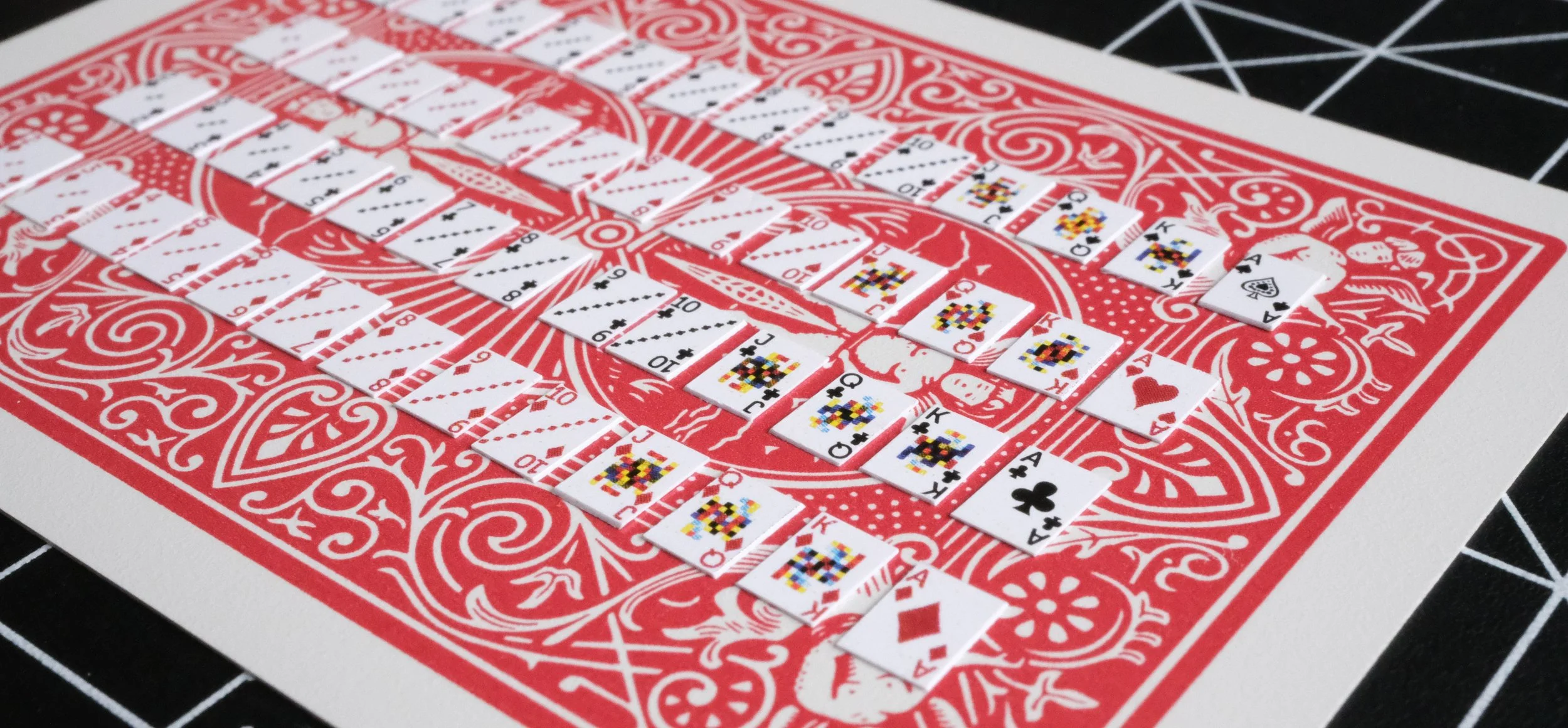Kickstarter live case study. Step 2: Pre-launch
Last week I wrote about the beginning of my project to break a world record.
The record is for the smallest deck of playing cards in the world and I’m planning on making a limited run of 100 decks and launching them on Kickstarter.
I’m now a few days away from my Kickstarter launch and here’s what I’ve been up to.
Pre-launch
When it comes to Kickstarter campaigns, a key part of any advice you’ll hear is how critical the pre-launch phase is.
The point is that you need to have done most of the work before you launch a Kickstarter. Things don’t start when your campaign goes live.
There are two big parts to this:
The obvious one: before your campaign starts, you need to know what your product is, and (more or less) how you’re going to make it.
And the less obvious one: you need to have built your audience so that on day one of your campaign people will already know about your project and be waiting to back you.
A very common mistake made by first-time creators is to expect that just being on Kickstarter is enough for people to come and find you and back your great idea.
That won’t happen. The same is true of anything on the internet. You could have a great website/online shop/blog or whatever, but people won’t just magically find it. You need to work to make that happen.
Part 1 - How will I make the cards
As I mentioned last week, I mostly have this in the bag. The only real unknown at the moment is how I’m going to cut the cards.
Because the cards are so small, they’re not manufacturable in the usual way by the usual playing card printers that I’ve worked with. The actual printing is relatively straightforward for them, but I’ll need to figure out the cutting myself.
For my prototypes I’ve just cut the cards out with a scalpel. This could probably be a viable solution for the finished product but it would be very time-consuming and tricky to get good consistency.
Cutting prototypes by handI think a better solution would be a laser cutter.
I haven’t completely nailed this yet though. My first experiments didn’t come out perfectly, but I’m waiting on some news from a different laser shop tomorrow. I’m confident I can get that sorted one way or another.
After that, the last thing I need to finalise is the packaging for the cards. Again, I’m not 100% sure what I’ll do here, but I’m happy that I’ll come up with something appropriate.
Part 2 - Building my audience
For this second part of my pre-launch plan, because this is a relatively small project, this is less of a challenge than a ‘full size’ Kickstarter campaign.
I already have lots of backers from previous campaigns, a reasonable mailing list, and there are no big economies-of-scale thresholds I need to hit.
Critically, that last point means that my funding target doesn’t need to be that large, which makes it easier to hit. For obvious (and maybe some less obvious) reasons, the lower your target is, the more likely you are to reach it.
A key milestone for this particular project is that I want to launch my Kickstarter campaign as part of their Make 100 initiative. This isn’t actually totally critical, but I think it adds to the story and there’s also a chance the campaign will get noticed and promoted by Kickstarter.
Next steps
I’ve now built out my Kickstarter project page and submitted the Kickstarter project for review.
Awaiting project review before I can launchThe key things at this stage are:
Deciding exactly what the rewards will be, including pricing and shipping options
Getting good photos and videos of the prototypes
Working out how to tell the story
I still have some final work to do on my short video for the Kickstarter project and to flesh out the page, but I’m close to being ready to launch.
All being well, by this time next week my project will be live on Kickstarter.
Smallest deck of playing cards in the world - prototypes


